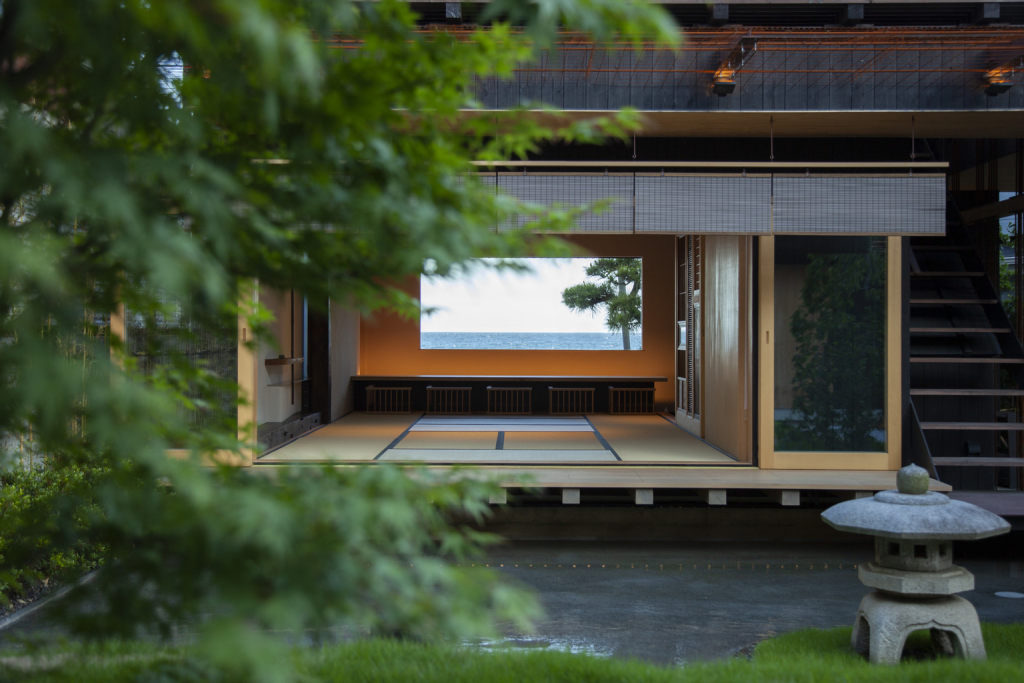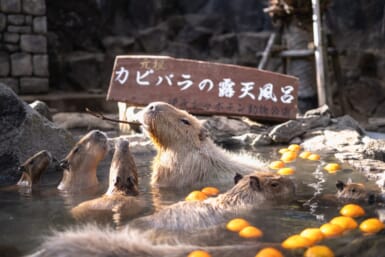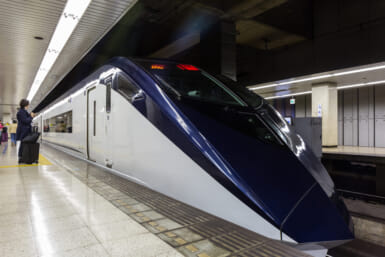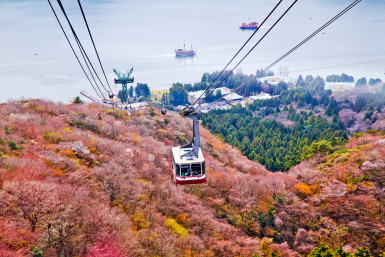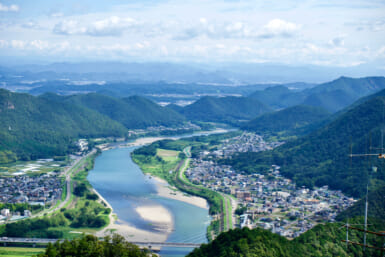When it comes to short trips from Tokyo, few places are as popular as the seaside city of Kamakura. Surrounded by water and a crescent-shaped range of hills, Japan’s ancient capital is a quaint and idyllic destination steeped in history. For most tourists, the main appeal is the huge number of temples and shrines (84 in total), many of which date back centuries.
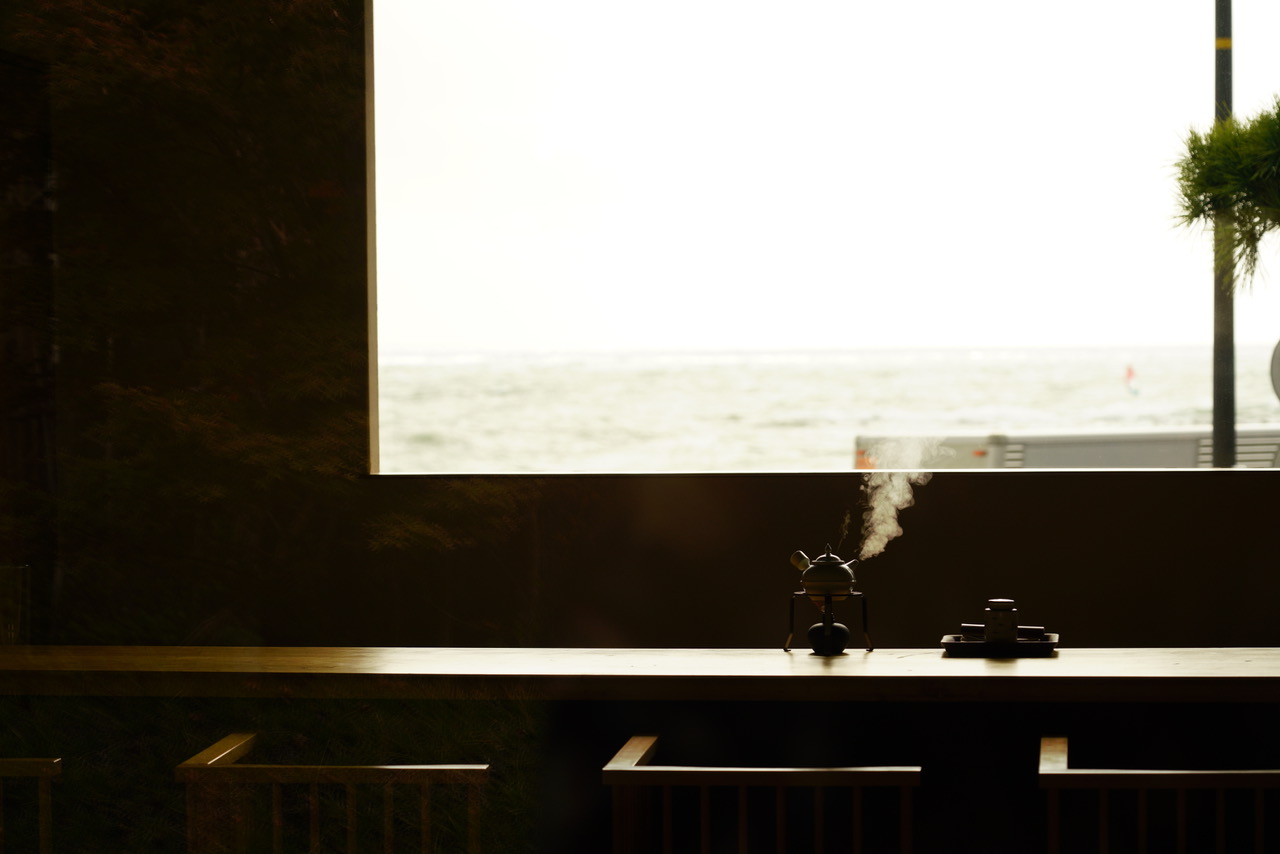
Standout destinations in Kamakura include Tsurugaoka Hachimangu, the city’s most important shrine built in a traditional Edo architectural style; Hasedera, a temple famed for its 11-headed Kannon statue and, of course, Kotokuin, which houses the iconic 13.35-meter Daibutsu (Giant Buddha). These and other landmark sites such as Engakuji and Hokokuji Temple are usually top of any wish-list for first-time visitors.
Temple and shrine hopping, though, can be exhausting at times, so it’s always handy to have some alternative plans. During our recent trip to Kamakura, we took part in a short yet fulfilling tour that kept us busy but wasn’t at all taxing. It featured glorious Buddhist cuisine at a luxurious hotel and gave us the chance to experience traditional Japanese activities. Zen-like and educational, it made for an extremely pleasant trip in locations away from large crowds.
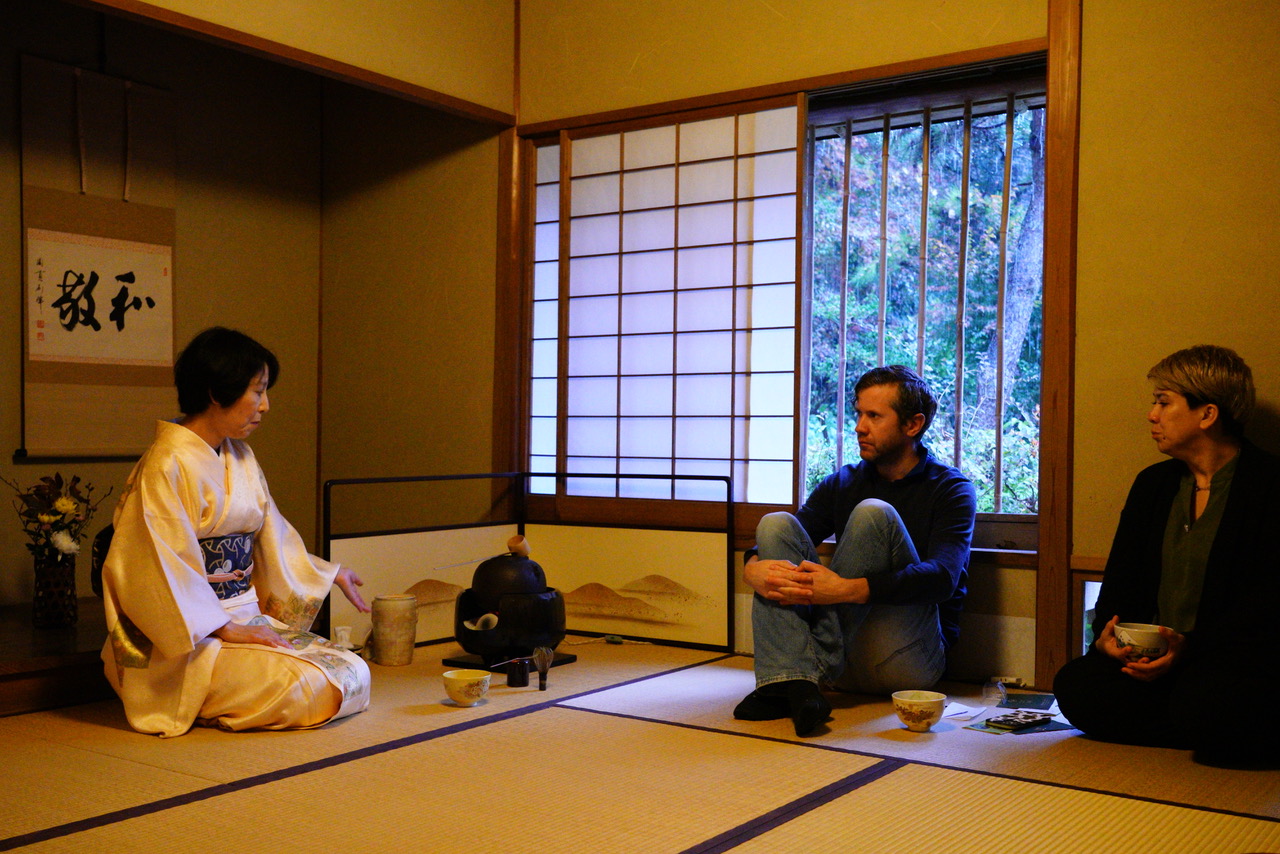
Cultural Experiences
We began at Tea House Houan, which is adjacent to Takara-no-niwa, known in English as the “Garden of Treasures.” Just a 10-minute walk from Kita-Kamakura Station, it’s a rustic setting that is particularly picturesque in autumn thanks to the bright yellow and vivid red leaves. We weren’t there just to admire the surroundings, though. Our purpose for visiting was to take part in some “hands on” activities that would bring us into contact with some traditional customs.
First up was a confectionery making experience with our patient sensei Kiyo Kubo. We were attempting to create our very own nerikiri, a Japanese wagashi that should reflect the season in which it’s being served, consisting of shiro-an (white bean paste) and sweet glutinous rice flour. Kubo started with a demonstration, making it look easy. Coming up with a sweet that looked as elegant as what she produced, however, proved beyond us. Not great from an aesthetic perspective, but it was still a lot of fun.
We had a chance to sample our little creations during the tea ceremony that followed the wagashi making experience. Thankfully, they tasted better than they looked and went very well with the matcha offering. Taking part in one of Japan’s most valued artistic traditions is always delightful. Tied to Zen Buddhism, Sado (literally meaning “Way of the Tea”) allows participants to put any concerns to one side and simply enjoy the moment. And that’s exactly what we did. Other activities at the venue include pottery workshops, Zen meditation, stargazing, dyeing, yoga and nature walks.
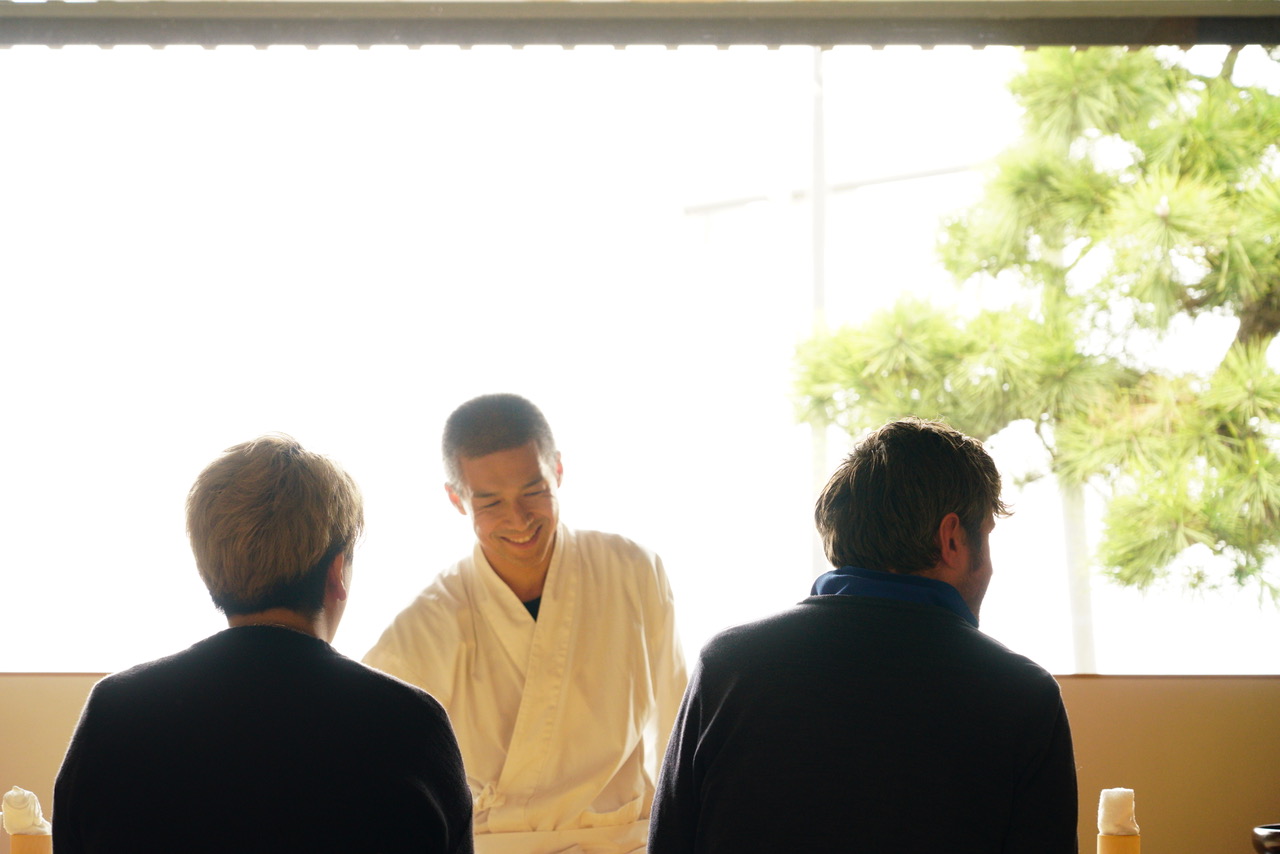
A Luxurious Retreat
After completing our activities at Tea House Houan, it was then time to head to our accommodation for the evening. Kishi-ke is a modern and artistic ryokan that also has a classic feel to it. It’s a private setting with only one group (maximum four people) permitted to book per night. For the proprietors, it’s all about making their guests’ stay in Kamakura as unforgettable as possible and they go out of their way to achieve that. From the various optional on-site activities to the food, everything is tailored to the customers’ needs. This is unquestionably a hotel that embodies the Japanese ancient philosophy of omotenashi.
Entering the place, you can see the attention-to-detail that has gone into selecting the furniture and decorations. From ancient vases to cutting-edge technology, there is a splendid contrast between old and new. The landscape garden, designed by acclaimed architect Akihiko Ono, is immaculately kept. Looking out at it from the hotel’s minimalist and classy bedroom on the second floor is a real treat. The building itself, designed by former Kengo Kuma & Associates architect Ryohei Tanaka, is also something to marvel at.
Kishi-ke operates around the Zen concept of chisoku, meaning to appreciate one’s circumstances as they are now. More than just satisfaction, it’s about understanding where you are in life at this moment and achieving inner harmony. These are things you are unlikely to consider while staying at a typical hotel or even a luxurious resort. At Kishi-ke you can because it feels like you are separated from the world. An ideal place to unwind, the best way to finish the day here is by taking a dip in the deep hinoki cypress bath which helps to calm autonomic nerve activity, making a good night’s sleep more likely.
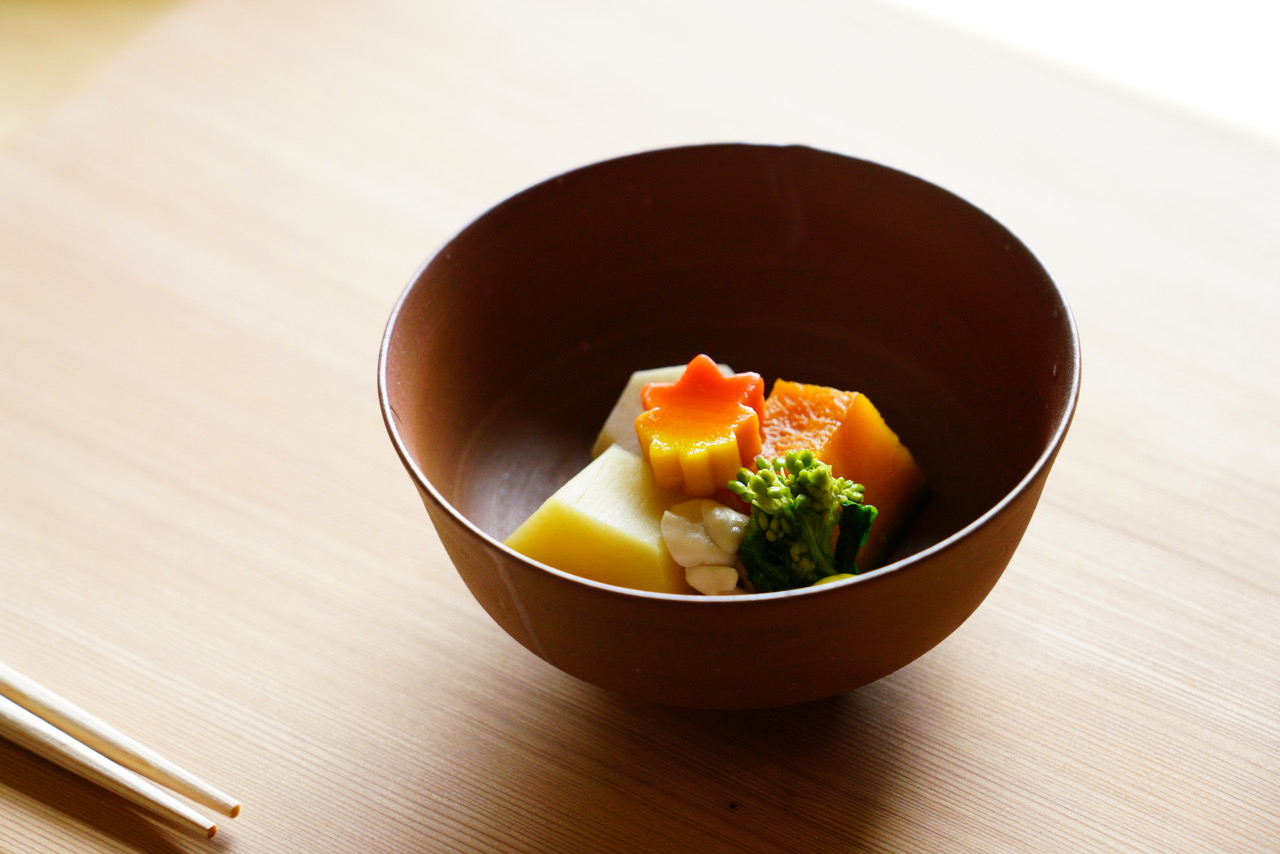
Eat Like a Monk
A big part of any stay at a ryokan is the food and Kishi-ke certainly doesn’t disappoint in this regard. Included in the one-night package is a complimentary meal to be enjoyed at the ocean view counter. It’s written down as breakfast, however, can be enjoyed at any time of day. The accommodation serves shojin ryori, which means “devotion food” and is based around the principle of Ahimsa: non-violence against living things. The traditional dining style of Buddhist monks in Japan, it is a multi-course meal using only seasonal fruit and vegetables that incorporate the five taste sensations and the five basic colors.
Pleasing to both the eye and palate, the course included a sumptuous and extremely healthy set of dishes that just kept coming. The meal lasted around two hours and featured an explanation about all the ingredients involved. It goes back to the hotel’s concept of chisoku and being mindful about what we are eating. Often, we stuff our faces without putting any real thought into what’s going inside us. Our master encouraged us to appreciate the taste and aroma of everything we ate. After-all, it is known as devotion food. For an extra fee, guests can book a shojin ryori scent experience with Gohan Create CEO Riichi Noguchi. He encourages visitors to use their minds and bodies to rediscover the enjoyment of mindfulness eating.
Once our meal had finished, we then played a blind tea tasting game. This is one of the many experiences the hotel provides. You can also enjoy a tea ceremony, both chado (powdered green tea) and senchado (loose leaf green tea), Zen meditation, katana practice, flower arranging and much more. Some activities have been created with kids in mind. The hotel can also arrange for a tour guide around some of the lesser-known spots of Kamakura and make reservations for those wanting to try some water sports nearby. For dinner, guests can request a private chef to cook a meal onsite or go out to eat.

